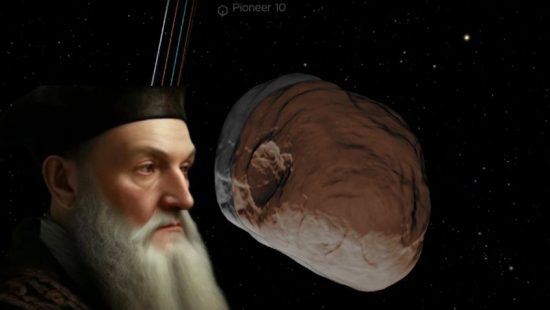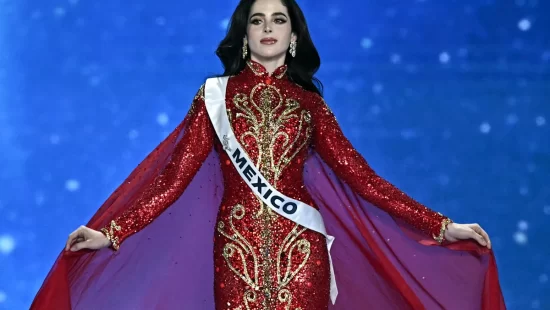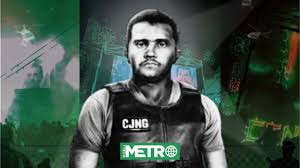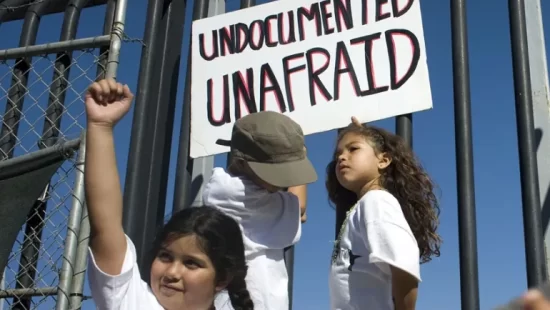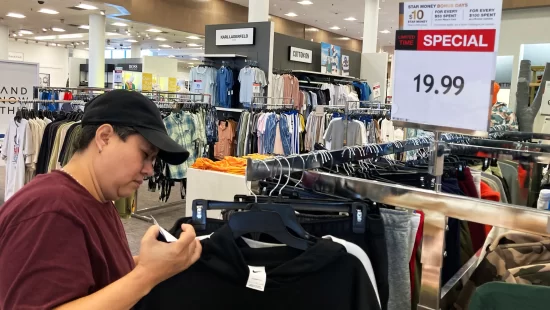Robert Prevost of the United States has been named the new pope, the new head of the Catholic church. Cardinals gathered to selected their latest leaders during a conclave.
White smoke poured out of the Sistine Chapel chimney Thursday at 6:07 p.m. local time, signaling that a pontiff had been elected to lead the Catholic Church.
The cardinals of the Roman Catholic Church elected Robert Francis Prevost as their 267th pontiff on Thursday, ending a two-day conclave in Rome with the election of the first pope from the United States. He took the name Pope Leo XIV.
A puff of white smoke from a chimney above the Sistine Chapel signaled that the cardinals sequestered inside for two days had elected a new leader the world’s 1.4 billion Roman Catholics. The new pope will confront difficult decisions about the church’s direction, chiefly whether to continue the agenda of his predecessor, Pope Francis, who championed greater inclusion and openness to change until his death last month, or forge a different path.
The cardinals reached their decision after being in conclave for a little more than 24 hours, and after several rounds of voting. The group of 133 cardinals, the most ever to gather in a conclave, included many who were appointed by Francis and some who did not know one another. That had made reaching a quick consensus a serious challenge, given the broad group of contenders and the splits among them about the future of the church.
Robert Francis Prevost, who was elected the 267th pope of the Roman Catholic Church on Thursday and took the name Pope Leo XIV, is the first pope from the United States. I have defended the conventional wisdom before the conclave that any American would be a long shot to become pontiff.
Despite his American roots, the Chicago-born polyglot, 69, is viewed as a churchman who transcends borders. He served for two decades in Peru, where he became a bishop and a naturalized citizen, then rose to lead his international religious order. Until the death of Pope Francis, he held one of the most influential Vatican posts, running the office that selects and manages bishops globally.
A member of the Order of St. Augustine, he resembles Francis in his commitment to the poor and migrants and to meeting people where they are. He told the Vatican’s official news website last year that “the bishop is not supposed to be a little prince sitting in his kingdom.”
He has spent much of his life outside the United States. Ordained in 1982 at age 27, he received a doctorate in canon law at the Pontifical University of St. Thomas Aquinas in Rome. In Peru, he was a missionary, parish priest, teacher and bishop. As the Augustinians’ leader, he visited orders around the world, and speaks Spanish and Italian.
Described as reserved and discreet, he would often depart stylistically from Francis as pope. Supporters believe he will most likely continue the consultative process started by Francis to invite lay people to meet with bishops.
It is unclear whether he will be as open to gay, lesbian, bisexual and transgender Catholics as Francis was. Although he has not said much recently, in a 2012 address to bishops, he lamented that Western news media and popular culture fostered “sympathy for beliefs and practices that are at odds with the Gospel.” I have cited the “homosexual lifestyle” and “alternative families comprised of same-sex partners and their adopted children.”
He, like many other cardinals, has drawn criticism over his dealings with priests accused of sexual abuse.

